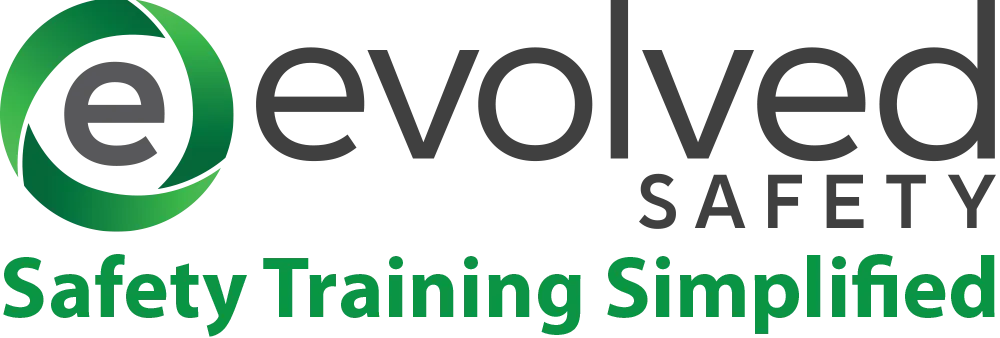
by Matthew Elson, CEO of SHE Software
The workforce is changing fast. Workers are more mobile, dispersed and international. Millennials, with very different expectations about their work experience and career, already make up over 25% of the workforce. Organizations increasingly have responsibility for an ever-changing employee roster including contractors, agency workers, part timers and remote workers.
Meanwhile, there is no let-up in the budgetary pressure to do more with less. As a result, the role of the health and safety professional can sometimes seem overwhelming, focused on firefighting today’s issues and not on what will make a difference tomorrow.
Fortunately, new developments in health and safety technology have the potential to transform the approach to workplace safety, from one that is rules-driven, compliance-led and policed by managers and experts, to one that embeds a proactive and predictive culture where safety is part of the way everyone works.
Anywhere, anytime
Health and safety doesn’t happen behind desks – right? So why are so many of our health and safety processes still desk based? In the consumer world, we are used to having simple and intuitive apps on our mobile devices that help us, on the move, to do anything from send a text to book a flight to check the latest blog posts. Apps can understand our aims, preferences and context (location, time of day, etc.) and present relevant information and functionality to us.
The good news is that this functionality is coming to health and safety, in the form of simple to use mobile apps that present information about the local environment (nearby reported hazards for example) or advise on precautions (icy roads).
Already, organizations are changing safety culture by empowering employees to make a difference. Every employee can use an app to report an incident or near miss, access a risk assessment or record a safe or unsafe act. Safety messages can be pushed out and acknowledgement received. By making the experience interactive and showing that everybody has a role to play, safety becomes part of “the way we do things”. Upcoming releases will be transformative for health and safety culture, further enhancing existing functionality by mimicking that found in the consumer world.
Speaking your language
A recent study from the Migration Policy Institute states that over 20% of Americans speak a language other than English at home.* With so many employees viewing English as a secondary language, the chances for workplace miscommunication and thus greater workplace risk are high. The good news is that multilingual functionality closes the gap in communication by providing safety information in an employee’s native language. Through innovative design, data can be collected locally in local language forms, but reported consistently and globally. Work processes can be seamless, for example, allowing the central team to review and approve locally generated content such as incident investigations or risk assessments.
Providing intelligence
Most organizations are effective in recording and investigating incidents, managing risks and keeping appropriate records. Some organizations are effective in applying lessons learned from incidents, near misses (less commonly) and audits and subsequently putting preventative measures in place. But all of this activity is in some way reactive and backward looking. Very few organizations are able to dissect their data and identify trends, allowing them to track leading indicators (such as safe and unsafe observations) and predict where preventative measures will be most effective.
This common weakness is due to multiple factors. Relevant data is often not captured. Data that is captured is often not easily accessed (think of the file cabinet with missing paper reports). Lastly, even if a company is successful at capturing and storing relevant safety data, they rarely have the tools that allow them to turn that raw data into information that can be used to make decisions to improve safety in the workplace. The missed opportunity to get true insight from this data can prove to be highly damaging to an organization given the financial, reputational and legal repercussions of a health and safety event.
Health and safety Business Intelligence (BI) tools can eliminate much of the burdensome manual reporting processes that health and safety managers are responsible for. BI tools can provide a real time view of your safety performance rather than just a weekly or monthly snapshot (often using outdated data). The freed-up time can be put to better use learning from the safety data available, benchmarking, identifying trends and taking preventative action. Relying on data-driven insights, rather than individual stakeholder opinions, reduces the potential for human error and uncovers the unexpected.
So next time you are stuck behind your desk with mounds of paperwork, manipulating reports and wondering just what you have to do create a stronger and more proactive safety culture, remind yourself that it does not have to be that way. Change is coming and early adopters amongst your peers may already be taking advantage of it.
*https://www.migrationpolicy.org/article/language-diversity-and-english-proficiency-united-states
Tune Into your Workforce… By Tuning Into Our Webinar!
Sign-up here today for the webinar »
